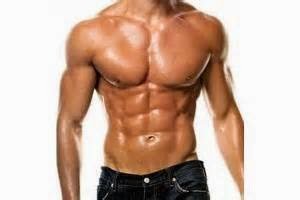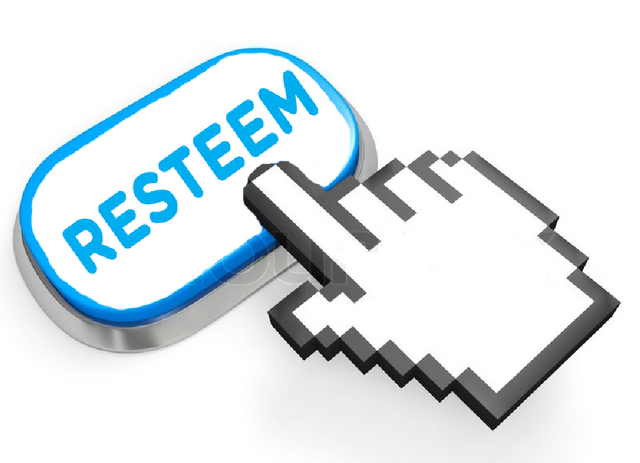Why TF I don't get ripped???????!!!!! It's simple, Here's why!!
You work hard with weights and cardio, but despite everything you're not ripped. Sound well-known? Provided that this is true, you may end up thinking about how it's conceivable to apparently do everything right and still not see a ripped body in the mirror.

The following are five reasons you aren't getting ripped:
1. Lowering Calories Very Quickly
A typical issue numerous weight watchers make is dropping calories and carbs too definitely ideal out of the entryway. I get a great deal of inquiries from individuals getting some information about going on a ketogenic (keto) count calories—which is a to a great degree low-carb consume less calories—to get tore. Truly, dropping all your carbs all at once is the exact opposite thing you need to do!
Yes, an exceptional cut in your carbs can prompt a major drop in bodyweight, yet that drop will be brief. The issue with eating less is that your body is always battling to avert excessively fat misfortune; all things considered, fat is an incredible vitality hold if circumstances get difficult and sustenance is never again ample. While that may have been an issue for our progenitors, it's not the main problem for the majority of us today.
So regardless of how low you drop carbs (and calories), your body will eventually adapt to your new caloric admission. In the event that you've dropped most or the greater part of your carbs, your body will acclimate to that low-carb admission and you won't have space to cut further. Where do you go from that point when you're never again losing muscle to fat quotients?
The genuine key to eating less carbs is to eat as much as you can while as yet losing muscle to fat quotients. At that point, when you achieve a level, you make a little cut in carbs and calories with the goal that when you level once more, as you unavoidably will, you can make another drop and can keep losing muscle to fat quotients.
The genuine key to slimming down is to eat as much as you can while as yet losing muscle to fat quotients. At that point, when you achieve a level, you make a little cut in carbs and calories.
Modify the macronutrients so that inside those calories they're expending 1.0-1.5 grams of protein for every pound of body weight day by day and around 0.5 grams of dietary fat per pound. The rest of the calories originated from carbs.
Then, round carbs down a bit so that there's a little decrease—around 200 less calories for each day—from what their eating design at first recorded. This sets my customers up in a slight caloric shortage, which will enable them to start losing fat.
It's recommended you take after a comparative procedure until your fat misfortune levels, and soon thereafter you'll lessen your carbs by around 0.25 grams for each pound of body weight. Each time another fat-misfortune level is come to, diminish carbs by another 0.25 grams for every pound.
For instance, in the underlying fat-misfortune stage, if a 200-pound individual was eating 1,200 calories from carbs (or 300 grams), which is 1.5 grams for each pound of body weight, a 0.25 gram drop in carbs would put him at around 250 grams of carbs, which will decrease of 50 grams of carbs and 400 calories from his every day slim down.

2. Not Following HIIT
One misguided judgment that has been sustained in lifting weights hovers for quite a long time is that you should do low-power cardio to augment fat consuming and extra bulk.
Studies having demonstrated that the individuals who do some type of high intense interval training (HIIT), which options cycles of full scale preparing with slower recuperation stages, lose about twice as much muscle to fat ratio ratios as the individuals who do relentless state (gradual) cardio. Furthermore, this is regardless of the way that those doing HIIT invest far less energy exercising!
More or less, HIIT brings about less time spent doing cardio, and way more fat being singed. This is on account of HIIT expands your post-practice digestion, which supports the calories and fat consumed while you're not working out.
To the extent saving muscle goes, both lab research and true experience demonstrate that those performing HIIT either lose no muscle or really pick up it. As a simple illustration, consider the bulk of a sprinter contrasted with a long-separate runner. The high-power preparing the sprinter does enables work to muscle, not give up it. The long-remove runner who trains at a moderate, unfaltering pace has far less bulk.
HIIT can take a few structures. An ordinary HIIT session comprises of full-scale exertion, for example, dashing, exchanged with low-force interims of dynamic recuperation, such as strolling. For particular cases of HIIT exercises and also a more nitty gritty clarification of the science behind HIIT, read my "Definitive 8-Week HIIT for Fat-Burning Program."
One especially incredible type of HIIT is Tabata preparing, which has turned out to be immensely famous as of late among CrossFitters and different genuine exercise center rats. One episode of Tabata includes eight 20-second hard and fast work interims exchanged with 10 seconds of rest, totaling only four minutes.
For instance, you could do 20 seconds of iron weight swings taken after by 10 seconds of rest for eight cycles, or you could run for 20 seconds and stroll for 10 seconds, again eight times through. In just four minutes, you'll get a completely executioner exercise!
Scarcely any individuals understand that my prominent cardio-speeding up system is additionally a type of HIIT. With cardio-speeding up, you do around 60 seconds of high-force workout, for example, running set up, portable weight swings, seat step-ups, or dashing—between sets of your weight-preparing exercise.
For instance, in the event that you were doing three arrangements of seat presses, subsequent to achieving muscle disappointment on the main set, you'd go directly to 60 seconds of, say, seat step-ups. At that point, when you're finished with the progression ups, you'd go directly into your second determined to the seat press. Your whole exercise would be done in this way.

3. Not Lifting Enough Weights
Another misguided judgment about preparing for fat misfortune is that you ought to decide on light weight and high reps to get lean. This misguided judgment is most likely the aftereffect of suspecting that higher reps implies more work performed, which can enable you to consume more calories. In any case, it's about how much work you do, as well as how the work you do influences your body and your digestion.
Like HIIT cardio, inquire about affirms that utilizing heavier loads in your exercises brings about a higher metabolic rate present exercise as thought about on light weight. What does this mean? More calories consumed!
At the Norwegian University of Sport and Physical Education (Oslo), scientists broke down numerous investigations and inferred that preparation with heavier weights for less reps may inspire a more noteworthy and more supported ascent in resting metabolic rate (following the exercise) than preparing with lighter weights and higher reps.
By "heavier weights for less reps," This will help your metabolic rate progressively and keep it that path for long after the exercise closes than those 20-rep sets everybody believes are getting them destroyed.

4. Having a lot of Rest
Another range that might be hampering your fat-misfortune endeavors is all the time you squander in the exercise center between sets.
Main concern: Minimize your rest time between sets. Specialists from the College of New Jersey found that when subjects rested 30 seconds between sets on the seat press for 5 sets of 5 reps, they consumed somewhat more than 50 percent a larger number of calories than when they rested three minutes between sets.
It's recommended to transform your rest time into work time through supersets or cardio increasing speed. As talked about before, cardio increasing speed can spare you time in the rec center and further upgrade fat misfortune. Supersets include doing two activities consecutive, either for two diverse muscle gatherings, (for example, a chest practice taken after by a back move), or for a similar body part, (for example, two quad works out).
Research demonstrates that utilizing supersets can expand calorie consume both amid an exercise and a short time later by around 35 percent contrasted with standard straight sets. So don't take a seat after you complete your set!

5. Daily Sitting For Long times
What you do when you're not in the exercise center may additionally be trading off your fat-misfortune endeavors, also your wellbeing. Research from Australia found that, out of more than 2,000 subjects who practiced overwhelmingly for at least 2.5 hours for each week, the individuals who observed over 40 minutes of TV for every day had higher midsection boundary, circulatory strain, and blood-glucose levels than those viewing less than 40 minutes.

Thank you for the upvote please resteem and follow me @scorpino


HaHa, Nice post. I really want to do some sport now, after I see this article. Thanks for sharing. 100% upvoted from @chanthasam
LOL!
Nice post!!